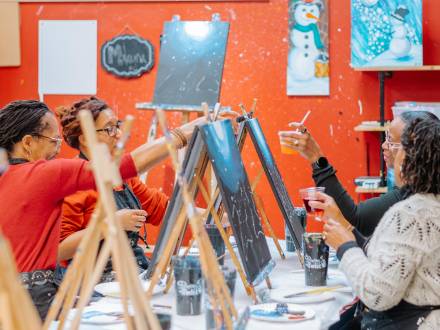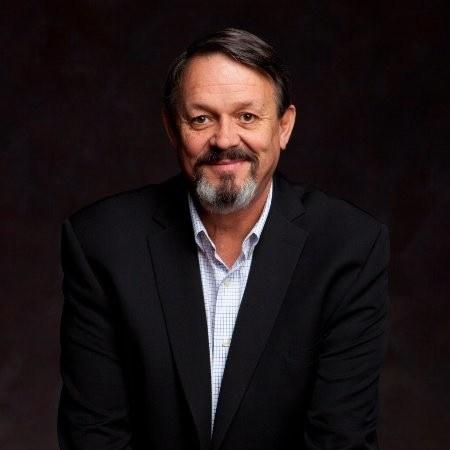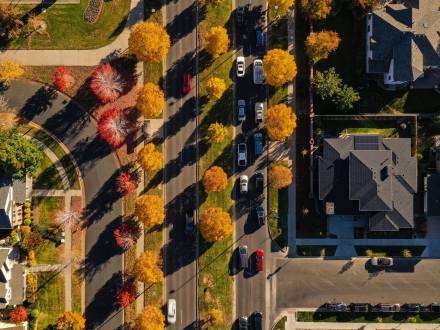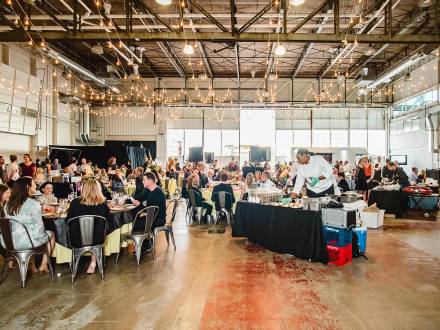
Things to Do Aurora is filled with unique attractions, activities, and must-sees.
Learn MoreThis important Aurora landmark is celebrating its 10th anniversary in 2023
The Colorado Freedom Memorial is the first memorial in the United States dedicated to all wars and all branches of service containing the names of all those who died from a single state in those wars. We had a chance to sit down with the founder and executive director, Rick Crandall.

Air Force Veteran & 30-year local radio fixture Rick Crandall is the founder of The Colorado Freedom Memorial, the first memorial of its kind in the US. Through perseverance & a strong connection to the community, Rick has created a Memorial that honors the fallen from Colorado while enriching future generations with a forthcoming education center. Below are excerpts from our interview.
Visit Aurora: In 2000, you broadcasted from the Normandy American Cemetery overlooking Omaha Beach. Is that experience what initially sparked the idea of the Colorado Freedom Memorial?
Rick Crandall: Absolutely, it was one of the most powerful experiences of my life. I'm certain the seed was planted then for the Colorado Freedom Memorial. I was this radio guy who thought, and I'm going to build this memorial. How long can I take? Five, six months, You know, how long can it take to actually do this is going to be the easiest thing. Well, it took 12 years. And the reason it took 12 years is because I refuse to put corporate logos on the memorial.
VA: Over 6000 heroes are featured on the memorial. What was the process like for researching the honorees? Is it more involved than just asking for military records?
RC: Yeah, In fact, you can't rely on military records. It's a pretty arduous task for us. It doesn't stop. We have 6218 names in our database at this time. We know we still don't have them all. You figure Spanish-American War that we start with through today. The records were kept in steno pads written in by pencil. And then, when a pad was filled, they twined it all up, put it in a bag, brought it back home when the war was over, and that was the record. So we still keep searching. We've got volunteers that do it for us. And, you know, I don't know that we'll ever have them all, but we're pretty we're closer than any record that has existed to this point.
VA: There are some poignant decisions that were made in the design of the memorial. The names aren't in alphabetical order. The glass panels of the memorial lean, which creates a beautiful, stunning effect, particularly during sunset, but there's a much deeper meaning behind those choices.
RC: The panels falling back and forth are meant to represent symbolize men and women falling on the battlefield. The names are not an alphabet of order meant to symbolize the chaos of war. The top of the memorial, as you look at it, the panels are peaked. That was my only request in the design of the memorial. I am not an artist, but I have always had this romantic notion that most of those that left Colorado and didn't come home, those mountains were one of the last things they saw from home when they left.
VA: One of the poignant things you immediately notice at the memorial is all of the flags on display are at half mast, regardless of what's going on in the world at the moment. That was a conscious decision and a powerful statement.
RC: Yeah, one of five places that we know of in the country that display flags like that permanently. It was recommended to us by the chief of military protocol for the state of Colorado.
VA: This year, in particular, is going to be busy. It's the 10th anniversary of the memorial's dedication. What are some of the plans for that commemoration?
RC: Just yesterday, I invited the US Air Force Honor, Guard, and Drill team to come out from Washington, D.C., to be a part of the ceremony. They've been out twice at the memorial, and hopefully, we'll get them again. We'll have military flyovers. We're going to have a living history exhibit with re-enactors and on and on. It's going to be a special day at the sounds of the Rockies Men's Chorus from here in Denver, who was there the day we dedicated. It will be back to perform, and we'll have some special guests and other things that'll happen. The 10th anniversary we'll be able to really launch for the public the next project, which is the Visitor and Education Center, that we're in the middle of raising money for now.
VA: What does that project mean for the memorial?
RC: One, it becomes a gathering space for anybody that comes to the memorial. It's your starting point. We're going to have a 150-seat theater and a place where we can do presentations from historians, authors, veterans, and others to educate people about the cost of freedom and what we do. We'll have a classroom for the kids and the field trips that come out. At this point, they get out there, they get off the bus, we walk them up, show them the memorial, and they get on the bus and leave. I want there to be one step required before they get to the memorial, and that's to teach them a little bit.
VA: And where's the progress at on building the education center?
RC: It's really going to be a beautiful facility and have a big purpose in the community. So we've started raising money. We just received a $1.5 million grant. It's a quarter of what we need to raise. So that seed money will really get the fundraising parts fired up now. I'm really excited. We're in the middle of building everything that's going to happen in the building once it's opened. We have a design firm, and we've hired architects. So it's pretty exciting.

Things to Do Aurora is filled with unique attractions, activities, and must-sees.
Learn More
History Explore our roots
Learn More
Day Trips & Nearby Let Aurora serve as your basecamp for adventure
Learn More
Plan Your Visit Take the stress out of traveling.
Learn More